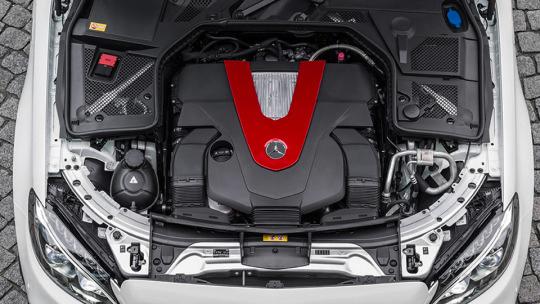
For nearly a century in automobiles, a bigger engine was always better. Six cylinders were better than four. A V-8 beat a six. Twelve cylinders rendered their owners as gods, with various Packards, Jaguars, Rolls Royces or Ferraris among their chariots. Just to hammer home the point, Bugatti dropped a 16-cylinder, 1,001-hp monster into its $1.3 million Veyron, creating the world’s fastest car with an official top speed that ultimately reached 267.8 mph.
Those days are done. The mine’s-bigger philosophy still has its adherents, but downsized engines — with a literal boost from turbochargers, direct fuel injection, sophisticated electronics or even hybrid electric assist — are no longer something you settle for. Some of that is being driven by government regulations, which are forcing even luxury automakers to revamp their cars to boost fuel economy and spew fewer emissions. But the upside for owners is that smaller engines are routinely outperforming their larger, less-advanced
counterparts: When, say, a BMW turbo four-cylinder pumps out more power more than the company’s esteemed inline six — even as the four gets dramatically better fuel economy — then it’s pretty much game over.
Our test drives are turning up more and more models for which a smaller engine is the smarter choice. So many, in fact, that we figured a salute was in order for the cars that scale back with no sacrifice. Here are nine cars that prove that less can be more — along with one Detroit legend for which there’s still no replacement for displacement.
No comments:
Post a Comment